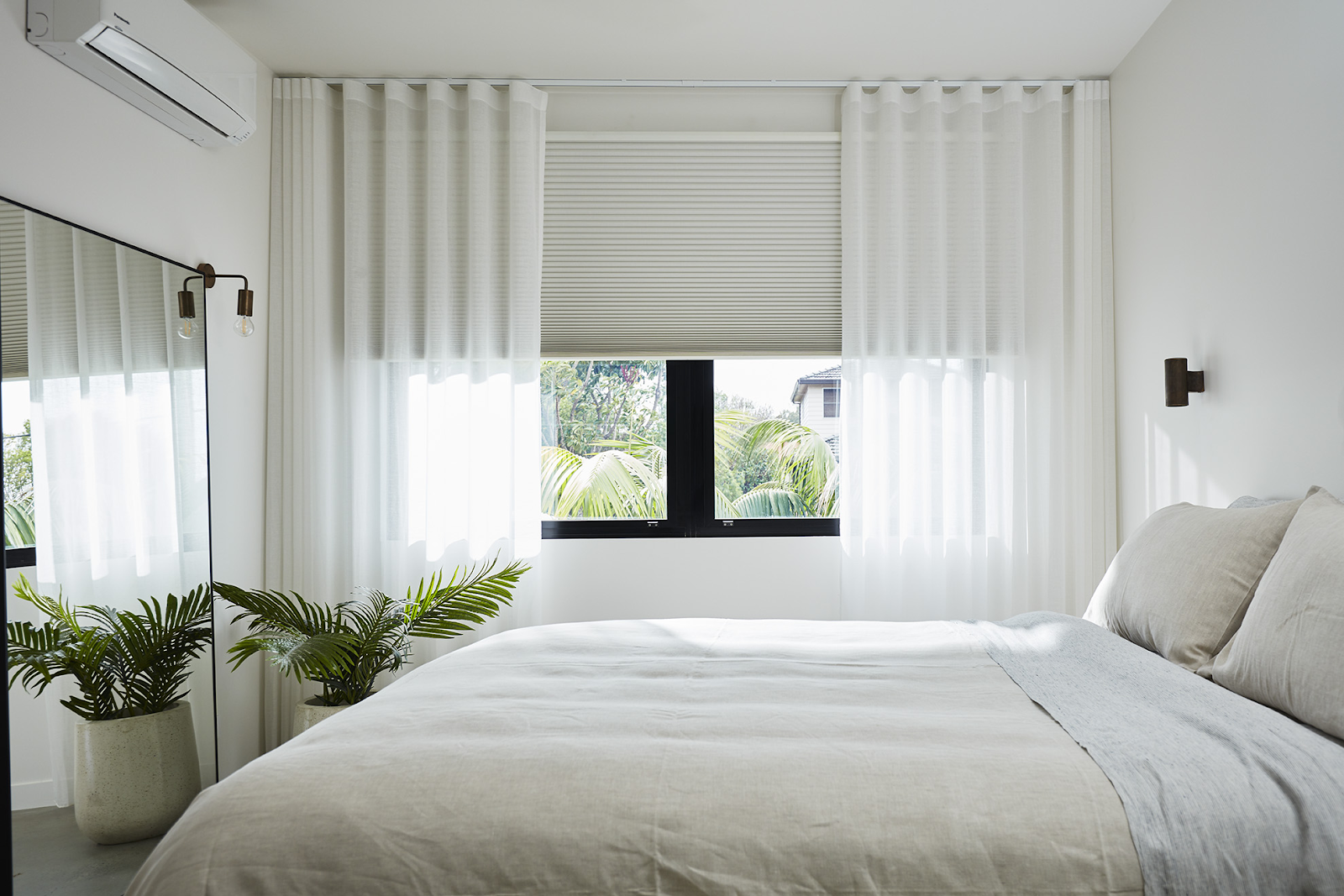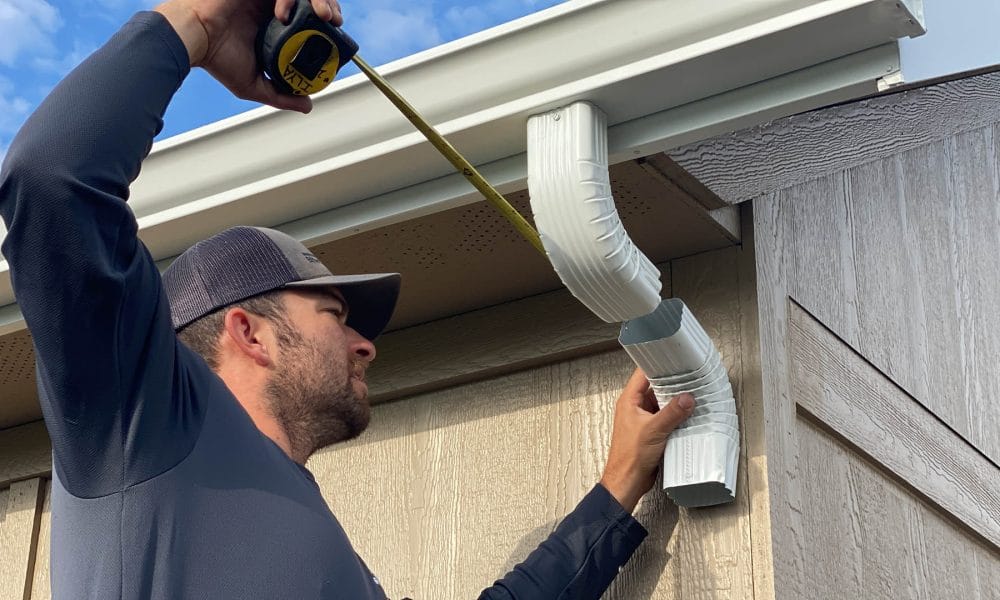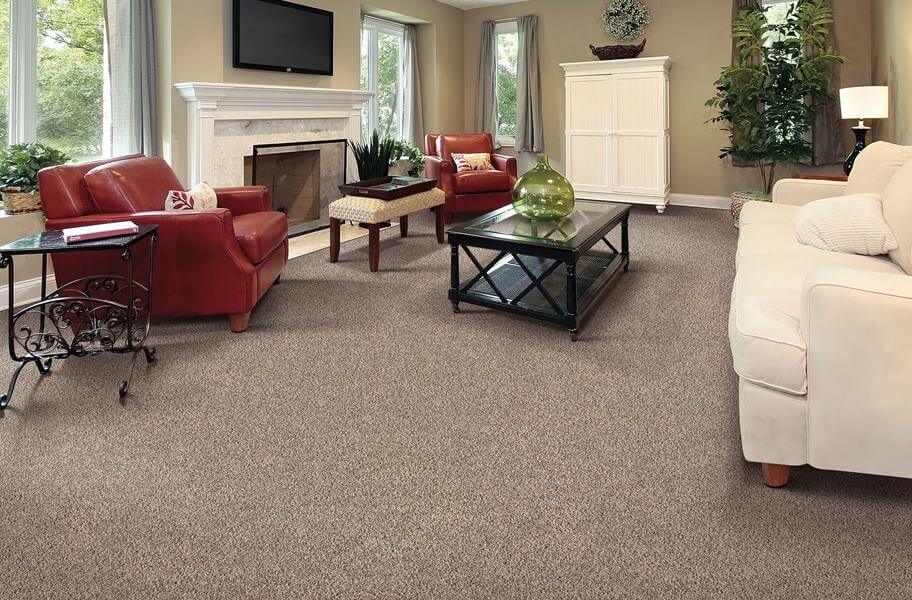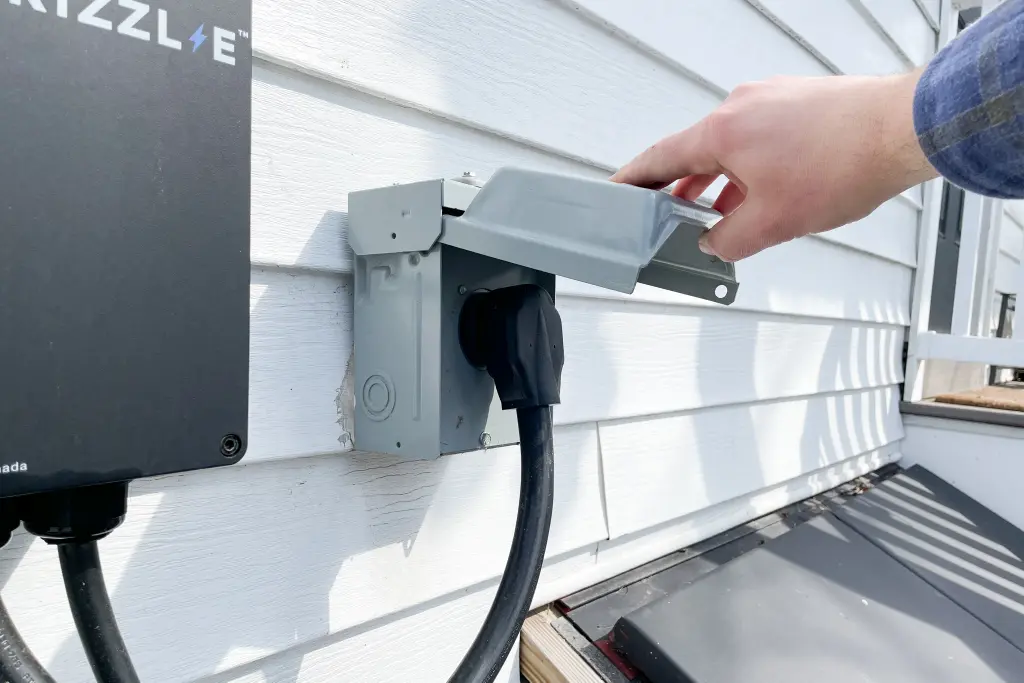Transform Your Space: Innovative Window Coverings for Modern Interiors

In the realm of interior design, window coverings play a crucial role beyond their functional purposes. They are integral to defining a space’s aesthetic, enhancing privacy, and controlling light. As interior design evolves, so too does the technology and style of window coverings. This article explores the latest trends and innovations in window coverings, providing insights into how they can transform modern interiors.
The Evolution of Window Coverings
Historically, window coverings have ranged from simple drapes to elaborate curtains. However, contemporary design demands more than just traditional aesthetics. The modern approach to window coverings emphasizes functionality, energy efficiency, and integration with smart home technologies. Innovations in materials and design have expanded the possibilities, offering options that cater to both practical needs and stylish preferences.
Smart Window Coverings: A Technological Leap
One of the most significant advancements in window coverings is the integration of smart technology. Smart window coverings offer convenience and efficiency, allowing users to control their blinds or shades remotely through smartphones, tablets, or voice-activated assistants. This technological leap enhances user experience by providing automated adjustments based on time of day, sunlight intensity, or room occupancy.
For example, motorized blinds can be programmed to open in the morning to let in natural light and close in the evening for privacy. These systems not only add a layer of convenience but also contribute to energy savings by optimizing natural light and reducing the need for artificial lighting.
Energy-Efficient Solutions
Energy efficiency is a growing concern in modern interior design. Window coverings that offer thermal insulation can significantly impact a home’s energy consumption. Cellular shades, also known as honeycomb shades, are designed with an air pocket structure that traps air and reduces heat transfer. This feature helps maintain consistent indoor temperatures, which can lead to lower heating and cooling costs.
Similarly, window coverings with reflective coatings can minimize heat gain from sunlight, enhancing the overall energy efficiency of a space. These solutions are particularly valuable in regions with extreme temperatures, where managing indoor climate is essential for comfort and cost savings.
Versatile and Customizable Designs
Modern window coverings are designed to be versatile and customizable, accommodating a wide range of interior styles and personal preferences. From minimalist roller shades to elegant layered drapery, the options available today cater to diverse tastes and functional needs.
One notable trend is the use of dual-purpose window coverings, such as sheer and blackout shades. These coverings allow users to adjust light levels while maintaining privacy. The sheer fabric diffuses natural light, creating a soft and inviting ambiance, while the blackout option offers complete light blockage for improved privacy and sleep quality.
Customization extends to materials and colors, with a variety of textures and finishes available to match any decor. Whether incorporating natural fabrics for a warm, organic feel or opting for sleek, modern materials for a contemporary look, window coverings can be tailored to enhance the aesthetic of any space.
Eco-Friendly Materials
Sustainability is a key consideration in modern design, and window coverings are no exception. Eco-friendly materials, such as recycled fabrics and sustainable wood, are increasingly popular in the industry. These materials not only contribute to environmental conservation but also add a unique and natural touch to interior spaces.
For example, bamboo blinds are a stylish and sustainable choice, offering both aesthetic appeal and durability. Recycled polyester fabrics used in roller shades provide an eco-conscious alternative to traditional materials without compromising on performance or design.
The Role of Window Coverings in Interior Design
Window coverings are more than just functional elements; they are essential components of a well-designed space. They contribute to the overall ambiance, enhance architectural features, and provide opportunities for creative expression. In modern interiors, window coverings are often used to complement other design elements, such as furniture and flooring, creating a cohesive and harmonious look.
Additionally, well-chosen window coverings can impact the perception of space. Light-colored or sheer coverings can make a room feel larger and more open, while darker or textured options can add warmth and intimacy. The ability to manipulate light and privacy through window coverings provides designers with valuable tools for shaping the mood and functionality of a space.
Conclusion
Innovative window coverings offer exciting possibilities for transforming modern interiors. From smart technologies and energy-efficient solutions to versatile designs and eco-friendly materials, the options available today cater to a wide range of needs and preferences. By incorporating these advancements, homeowners and designers can enhance both the functionality and aesthetic appeal of their spaces, creating environments that are not only stylish but also efficient and sustainable. Embracing these innovations allows for a more personalized and dynamic approach to interior design, reflecting the evolving trends and demands of contemporary living.









